In sunny California, where the golden rays beam with endless opportunity, the allure of “free” solar panels often glistens with promise. This term, captivating as it is, carries with it a web of complexities and misunderstandings that require a discerning eye. The offer of complimentary photovoltaic systems can lead many homeowners astray if they aren’t fully informed of what “free” truly entails in the solar industry.
As enticing as the idea of costless energy might be, it is essential to peel back the layers and explore the real meaning behind it. The reality of solar panel financing and ownership often involves various incentives, agreements, and long-term financial considerations that are far from the simplicity suggested by the term “free.” Understanding the intricacies of such deals is crucial for anyone considering harnessing the power of the sun for their home.
Whether you’re taking your first steps in transitioning to solar power or looking to make sense of the offers that have landed at your doorstep, this exploration of solar installation savings will unearth the truths and dispel the myths surrounding the prospect of “free” solar panels in California. Let’s journey together into a clearer understanding to ensure that the investment you make in solar technology isn’t just appealing on paper, but also shines bright in practice.
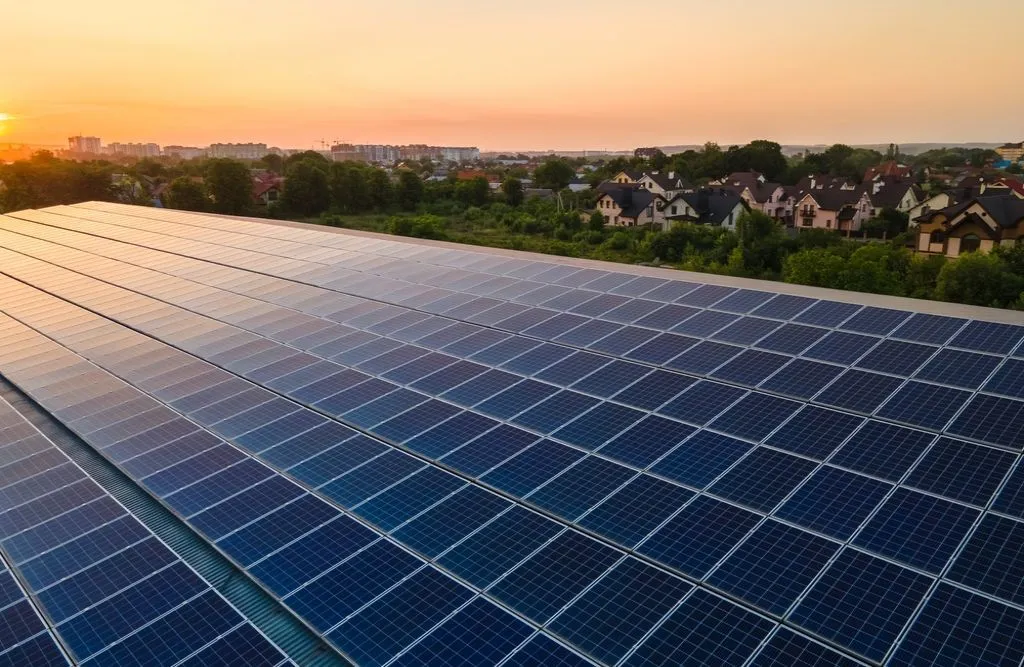
How much is your electricity bill per month?
Help us understand what you`re currently spending
Are “Free Solar Panels” Really Free in California?
When you hear the term ‘free solar panels’, it might sound like an incredible offer. However, this usually refers to a financial arrangement known as a solar lease or a Power Purchase Agreement (PPA). While it’s true that you don’t pay an upfront cost for the installation of the solar panels on your property, it’s important to understand the nuances of what ‘free’ entails.
In a solar lease, a solar company will install panels on your home at no initial cost to you. This is appealing as it eliminates the large upfront investment that comes with purchasing a solar system outright. However, instead of owning the panels, you’re essentially renting them. You enter into an agreement to pay the solar company a fixed monthly lease payment. This fee is usually lower than your typical electricity bill, which can lead to savings on your energy costs over time.
Similarly, with a Power Purchase Agreement, the installation is provided at no cost. Instead of paying a monthly lease, you agree to purchase the power your panels produce at a set per-kWh rate from the solar provider. PPAs often include a rate that is lower than the local utility’s rate, which again, can save you money over time.
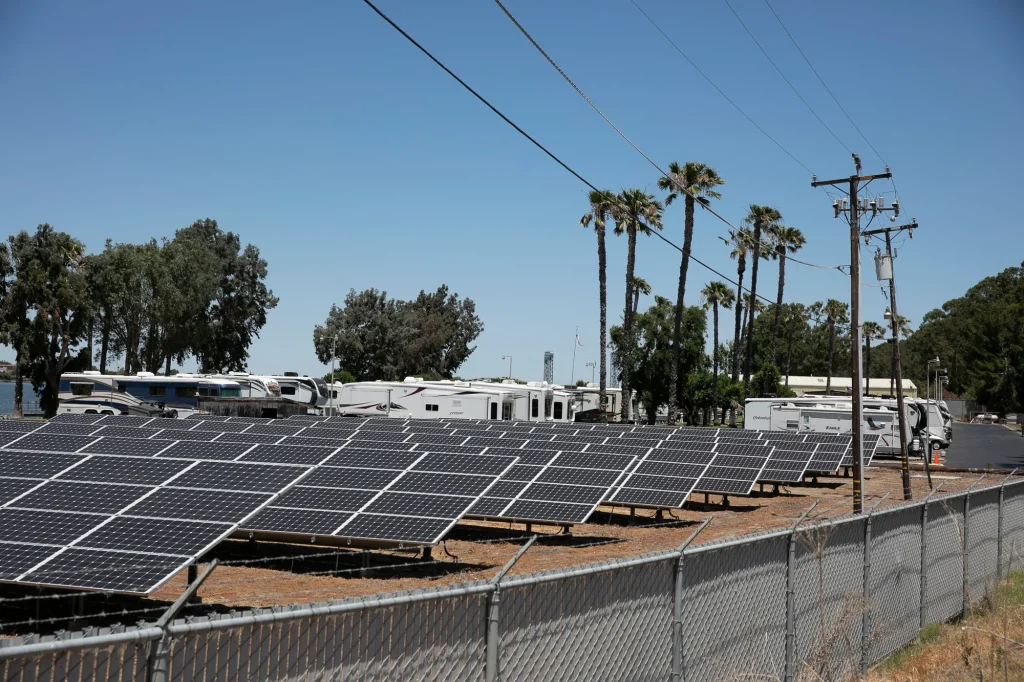
It’s essential to recognize that although there are no upfront costs, both leases and PPAs involve long-term financial commitments, usually spanning 20 to 25 years. You won’t own the solar panels, and as they generate electricity, you’ll continue to pay the solar company as per your lease or PPA terms.
In California, where solar power is highly popular due to the state’s robust renewable energy initiatives, leases and PPAs are common. They can provide a more accessible path to solar energy for homeowners who may not have the resources to purchase a system. However, it is important to weigh the pros and cons of these contracts, considering factors like potential savings, contract length, and whether the lease or PPA terms align with your long-term housing plans.
Ultimately, ‘free solar panels’ may be an attractive proposition, but as a savvy consumer, it’s critical to dig into the details and understand that while the panels may be free to install, the financial commitment over time is an important consideration in determining whether a solar lease or PPA is right for you.
What Do Companies Mean When They Refer to Free Solar Panels?
When you hear the phrase “free solar panels” in California, it’s natural to be both curious and cautious. Companies often use this term as a hook, but what does it truly mean for you as a consumer? Let’s demystify these offers.
“No Upfront Costs” is a common highlight; it indicates that the solar company will install the panels on your roof without initial charges. However, this doesn’t mean the panels are yours to keep for free. Typically, these installations are part of a solar lease or Power Purchase Agreement (PPA), where you agree to pay for the solar energy produced, often at a lower rate than your current utility prices.
A “Solar Lease” usually involves a fixed monthly payment for the use of the solar panels, regardless of how much electricity is produced. The benefit here is the predictable cost, but you won’t own the panels, and the lease terms can be lengthy—usually around 20 years.
In a “Power Purchase Agreement (PPA),” you purchase the power generated by the panels at a set per-kilowatt-hour rate, which is often less than the local utility rates. While this can lead to savings on your electric bill, you do not own the equipment, and contracts typically have long terms with built-in rate escalators.
“Tax Credits and Incentives” are another part of the “free” solar pitch. Companies sometimes offer to help you leverage state and federal solar incentives, such as the Federal Investment Tax Credit (ITC). It’s important to note that these apply only if you purchase the system outright or through a solar loan, not with leases or PPAs.
If considering a “Solar Loan,” you can finance the purchase of your panels, often with $0 down. This way, you can own the system, qualify for tax incentives, and eventually enjoy free energy from the sun once the loan is paid off. Keep an eye on interest rates and loan terms to ensure your payments are manageable and cost-effective over time.
Remember, while “free solar panels” sound enticing, the details are key to understanding whether the long-term benefits outweigh the commitments. Always read the fine print, compare offers, and consider your energy needs and financial goals before making a solar decision in sunny California.
PPA Agreements
Power Purchase Agreements (PPAs) are a financial arrangement crucial to the deployment of solar energy systems in California. In a PPA, a homeowner agrees to let a solar provider install panels on their property at no upfront cost. In return, the homeowner buys the electricity generated by these panels at a set, often lower rate than the local utility company’s rate.
The benefits of PPAs for homeowners include
- No or low upfront costs: You avoid the significant initial investment associated with buying a solar system outright.
- Potential savings on electricity bills: PPAs typically offer a lower rate for solar power compared to traditional utility rates.
- Minimal responsibility: The solar provider is responsible for the installation, maintenance, monitoring, and repairs.
- Environmentally friendly: You contribute to the generation of clean energy.
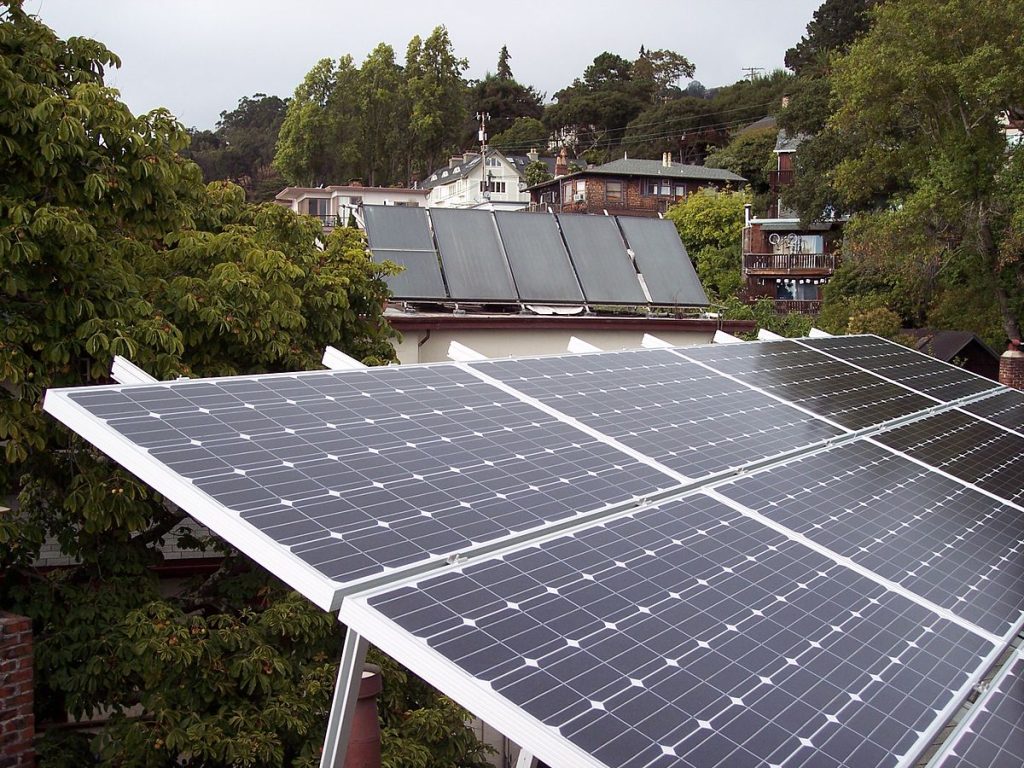
However, there are drawbacks to consider
- Lesser financial benefits: The savings may not be as substantial over the long term as owning a system.
- Contract complexities: PPAs can have long-term contracts (typically 20-25 years) with terms that may be complicated.
- Inflexibility: Moving or selling your home can be more challenging as you’ll need to transfer the PPA to the new owner or buy out the contract.
- Property aesthetics and value: Since the system is owned by a third party, it might impact the home’s value differently than if you owned the system.
In comparison to PPAs, buying or leasing solar panels have distinct differences. When you buy a system, you pay the full upfront cost but reap the rewards of lower energy bills and potentially increase your home’s market value. Buying means you are eligible for any tax credits or incentives.
Leasing is similar to PPAs in that there’s little to no upfront cost and the solar company maintains the system. Unlike PPAs, you pay a fixed lease payment rather than purchasing the generated power. However, both leasing and PPAs usually yield less financial return than buying the system because you do not benefit from government incentives, and any increase in property value may be marginal.
Ultimately, the best option for installing solar panels in California depends on your financial situation, homeownership plans, and personal preferences regarding maintenance and contract flexibility. PPAs can offer an accessible entry into solar energy, while direct purchasing may provide greater long-term benefits for those prepared to make the upfront investment.
Solar Leases
In California, solar leases provide an alternative for homeowners who want to go green and generate solar energy without the upfront costs of purchasing a solar system outright. Here’s how it works and what to consider:
How Solar Leases Work
- Contract Agreement: Homeowners agree to a long-term contract, typically 20-25 years, with a solar leasing company.
- Installation: The leasing company installs solar panels on the homeowner’s property at no initial cost to the homeowner.
- Fixed Payments: Homeowners make monthly lease payments for the use of the system, which may be lower than their usual electric bill, but these payments can increase over time based on the terms of the lease.
- Maintenance: The leasing company maintains ownership of the system, thereby taking responsibility for its maintenance and repairs.
Benefits of Solar Leases
- No Large Upfront Cost: You avoid the substantial initial investment of buying a solar system.
- No Maintenance Worries: The leasing company handles maintenance and repairs, reducing your responsibility.
- Potential Savings: You may start saving on your electric bill immediately, as lease payments can be less than your current electricity expenses.
- Increased Home Appeal: Solar panels might enhance the attractiveness of your home to potential buyers who are interested in renewable energy.
Drawbacks of Solar Leases
- Long-Term Commitment: Leases lock you in for 20-25 years, which can complicate selling your home if the buyer doesn’t want to take over the lease.
- Cost Over Time: Over the lifespan of the lease, you might pay more than you would have if you purchased the system, especially as utility rates increase.
- Limited Financial Benefits: You are not eligible for solar tax credits, rebates, or incentives because you do not own the system.
- Fixed Payments: Lease payments can escalate over time, which could diminish your savings.
Long-Term Cost Implications and Potential Savings
Calculating long-term costs and savings from a solar lease is complex and depends on various factors, such as your energy consumption, the terms of the lease, and the future cost of electricity. While lease payments may start lower than your current electric bill, they can increase annually. Moreover, you won’t benefit from declining costs of owning a system outright. Yet, leases can still present savings without the need for a large initial investment or worries about system maintenance.
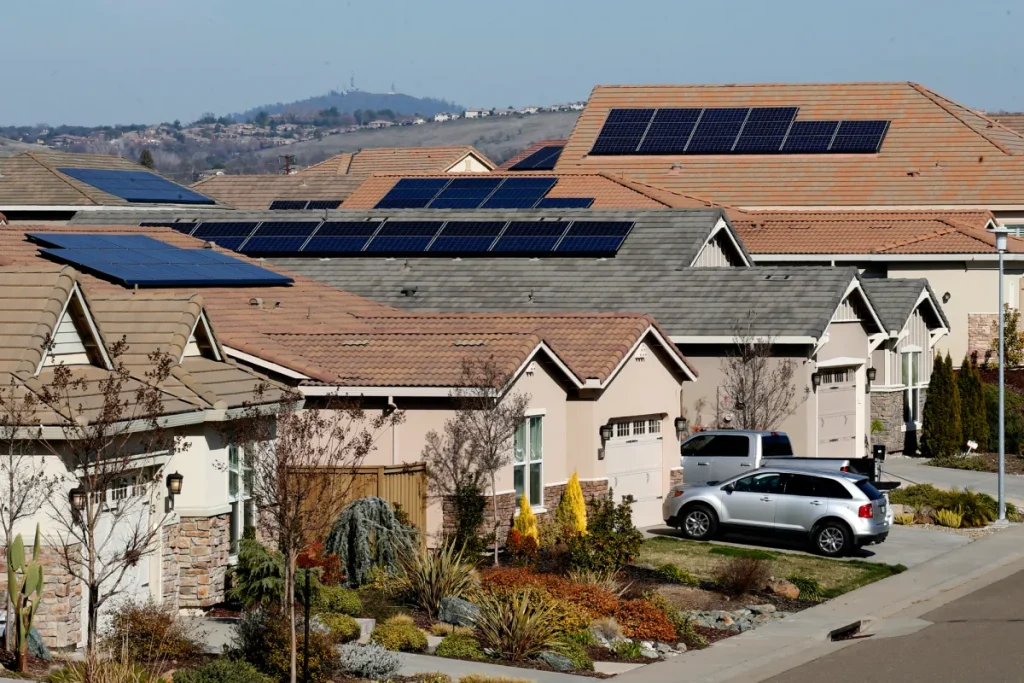
Making the Decision
When considering a solar lease, think about your long-term financial goals, your average energy use, and whether you plan to stay in your home for the duration of the lease. It’s also smart to compare quotes from different companies and read the fine print regarding payment escalations and transfer terms if you sell your home.
Engage with solar experts or financial advisors to thoroughly understand the implications and to make an informed decision that aligns with your household’s needs and aspirations for using renewable energy.
Zero-down Solar Loans
Zero-down solar loans are a financial product designed for homeowners in California who are looking to switch to solar energy without the upfront capital investment typically required when purchasing solar panels outright. Here is a basic rundown of how they work and what you should consider before taking this route.
With a zero-down solar loan, the homeowner can finance the total cost of the solar panel system with no money required at the time of installation. This means you can start enjoying the benefits of solar power immediately without the burden of a large initial payment.
Let’s weigh in on the potential benefits
- Immediate Savings: Your electricity bill can go down from the first month, as you’ll be generating your own power, potentially offsetting the loan repayments.
- Increased Home Value: Solar panels can boost your property value, which is a considerable advantage if you plan to sell your home in the future.
- Fixed Payments: Solar loans typically offer fixed repayment rates, so you’ll know exactly what you’re paying each month without any surprise increases.
- Tax Credits and Incentives: You might be eligible for federal and state tax incentives, which can help reduce your net cost significantly over time.
However, it is essential to be aware of the potential risks
- Long-Term Commitment: Solar loans are a long-term financial commitment, often spanning 10 to 20 years, and you are responsible for the monthly payments throughout the term of the loan.
- Interest Charges: Like any loan, you’ll pay interest on top of the principal amount, which increases the overall cost of your solar system.
- Impact on Credit: A solar loan is a debt that affects your credit, and failure to make timely payments could damage your credit score.
- Potential for Underperformance: If your solar system does not perform as expected, you could end up with lower than anticipated savings, yet still be stuck with the loan payments.
Zero-down solar loans offer a way to go solar without the immediate financial strain, but, like with any financial decision, careful consideration of your personal financial situation and long-term goals is essential. Always review multiple loan options and understand the terms and conditions before you commit. Consulting with a financial advisor or a solar energy expert would also be prudent to ensure that this path aligns with your energy needs and economic expectations.
Can You Get Free Solar Panels From the Government?
The concept of “free solar panels” from the US government is a bit of a misnomer. While the government does not hand out solar panels at no charge, there are many initiatives and programs designed to significantly reduce the cost of solar panel installation for homeowners and businesses – and in some cases, low-income households might effectively get them for little to no upfront cost due to subsidies and incentives.
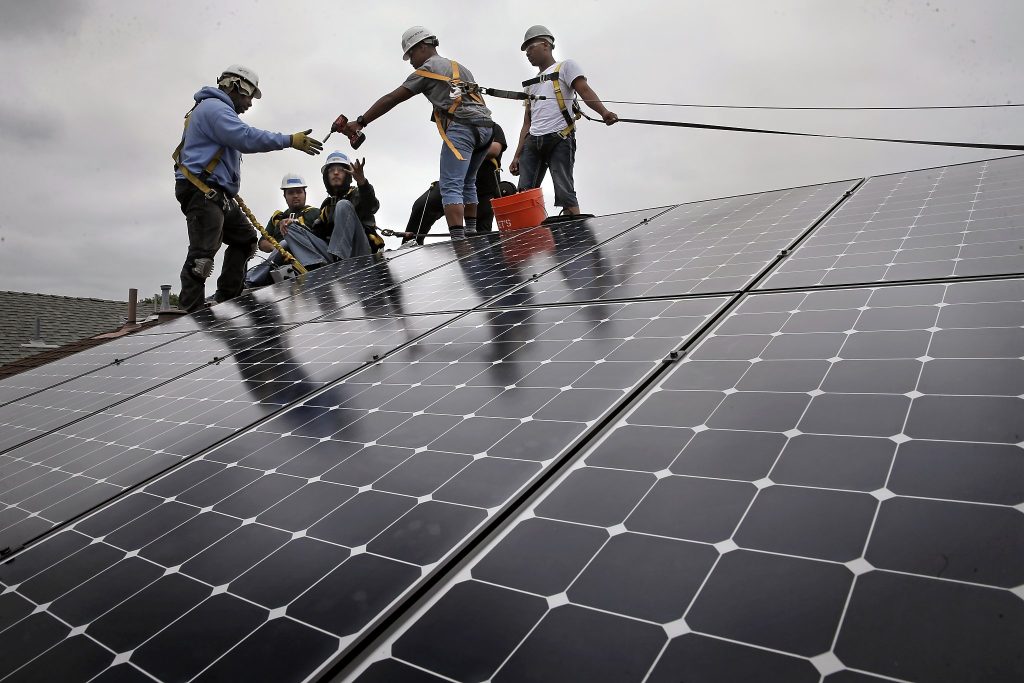
In California, one of the prevalent programs with this aim is the California Solar Initiative (CSI). Although the general market portion of the CSI program has reached its program goal and is now closed, some parts of the program continue to provide incentives for eligible low-income customers.
Here’s a brief look at a couple of current initiatives and programs in California that may offer financial help for solar panel installation:
- Single-family Affordable Solar Homes (SASH) Program: Aimed at low or fixed-income households, the SASH program offers qualifying families a way to offset the cost of solar panel installation.
- Multifamily Affordable Solar Housing (MASH): Similar to SASH, but aimed at multi-family dwellings, MASH provides incentives and support to reduce installation costs.
Both SASH and MASH are part of the larger Go Solar California campaign, which is a joint effort between the California Energy Commission and the California Public Utilities Commission.
- Eligibility for these programs generally includes:
- Being an electricity customer of Pacific Gas and Electric (PG&E), Southern California Edison (SCE), or San Diego Gas & Electric (SDG&E).
- Living in a home that meets certain income and housing criteria for low-income status.
To apply, interested individuals can visit the program websites or contact the administrators directly for application materials and guidance through the process. Applications will require documentation to prove eligibility, including income verification and proof of residence.
Additionally, the Federal Investment Tax Credit (ITC) provides a tax credit for solar photovoltaic systems, which can help offset the installation cost by allowing you to deduct 26% of the cost of a solar energy system from your federal taxes, and this has often been the key incentive making solar panels more affordable for a broader segment of the population.
While not “free” in the strictest sense, these initiatives and incentives significantly lower the barriers to solar energy use, making it more accessible and affordable to a wide range of Californians. If you’re looking into solar energy for your home, it’s definitely worth exploring these programs to ease the financial burden.
Will “Free” Solar Panels Save You Money?
When you hear about ‘free’ solar panels, you’re likely encountering a solar lease or power purchase agreement (PPA). Under these agreements, a company installs solar panels on your home at no initial cost to you, while they retain ownership of the system. You then purchase the energy the panels produce at a reduced rate compared to your local utility company’s prices. While not entirely free, as you’ll be paying for the electricity generated, these programs can offer significant savings. Let’s look at some of the benefits and drawbacks to see if these ‘free’ solar panels could be financially viable for homeowners in California.
Firstly, consider the average electricity costs in California. Prices per kilowatt-hour (kWh) in the state are among the highest in the nation, often exceeding the national average. Therefore, any reduction in the cost per kilowatt-hour can translate into noticeable savings over time.
Benefits of ‘Free’ Solar Panels
- Immediate savings: From the day the solar panels are operational, you typically pay less for the electricity they generate than you would for traditional utility power.
- No upfront costs: There’s no need for a large initial investment, which makes solar power accessible even if you can’t afford to purchase a system outright.
- No maintenance: Because you don’t own the panels, maintenance and repairs are typically the responsibility of the leasing company or provider.
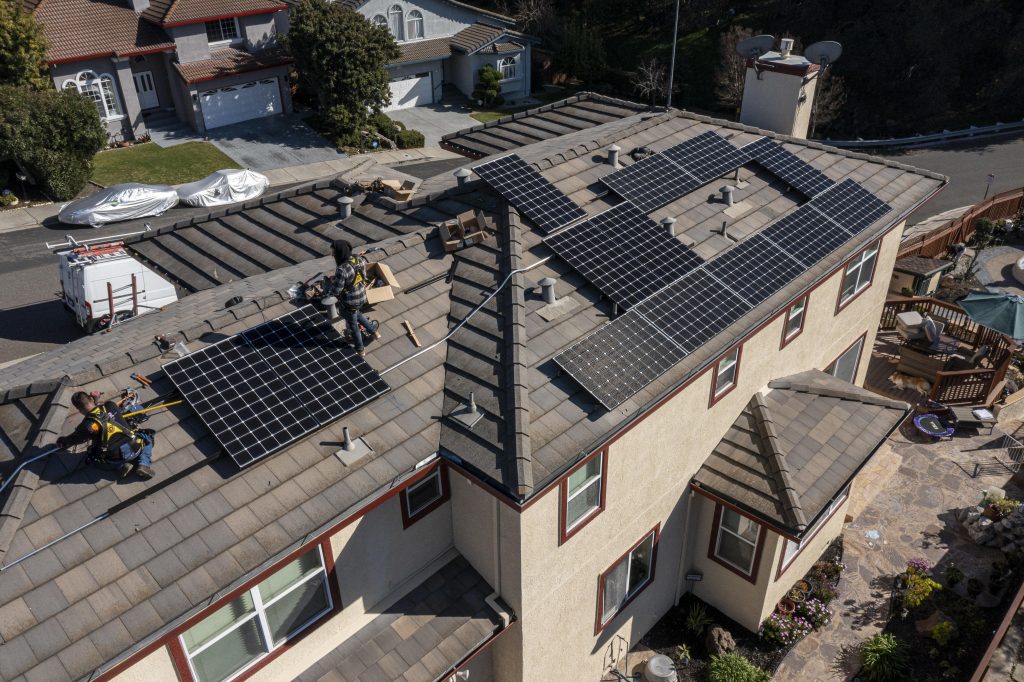
Drawbacks to be considered
- Long-term contracts: Solar PPAs and leases usually involve long-term agreements, which can complicate selling your home or can be less financially beneficial in the long run compared to owning a system.
- Lower savings: While you save money on your monthly bill, these savings are usually less than what you’d save if you owned the solar system outright.
- Variable rates: Some agreements have rates that can increase over time, which may affect long-term savings.
Now, let’s compare the financial aspects of a ‘free’ solar arrangement with traditional electricity costs. Say you have a monthly electricity bill averaging $100 with your utility company at current rates. With a solar PPA, you might pay $80 for the same amount of electricity produced by the panels. Though you save $20 per month, these numbers can fluctuate based on several factors, such as energy consumption changes, the efficiency of your system, and the terms of your solar agreement.
While ‘free’ solar panels don’t equate to zero costs, they can still represent a substantial saving, especially in sunny California, where solar systems tend to be very productive. It’s essential to read your lease or PPA terms carefully, comparing the expected savings with the cost you’re currently paying for electricity to ensure that this option is financially beneficial in your specific situation. As utility prices continue to rise, locking in lower electricity rates through a solar PPA or lease could be a savvy move. However, remember that buying a solar system outright, if you can afford the initial investment, usually results in the greatest long-term savings.
The Hidden Costs of “Free” Solar Panels
When evaluating ‘free’ solar panel offers in California, it is crucial to approach with a measured skepticism, as the term ‘free’ can sometimes be misleading. Here are some hidden or unexpected costs and long-term financial implications that you, as a homeowner, should be aware of:
- Lease Agreements: Often, ‘free’ solar panels are part of a lease or Power Purchase Agreement (PPA), where you do not own the panels but agree to purchase the power they generate, usually at a lower rate than the grid. However, these contracts can include annual price escalations, potentially reducing your savings over time.
- Maintenance Costs: While most agreements claim to cover maintenance costs, some may not cover everything. Clarify what maintenance is included and what expenses could arise unexpectedly.
- Roof Condition: Prior to installation, ensuring your roof is in good condition is essential. If your roof needs repair or replacement in the near future, it could lead to additional costs.
- Insurance: Verify whether your homeowner’s insurance premium will increase with the addition of solar panels.
- System Performance: The electricity production from solar panels degrades slightly over time. Consider how a decrease in efficiency might affect your electricity cost savings in the long term.
- Transferability: If you decide to sell your home, the solar panel lease or PPA may need to be transferred to the buyer, which can be a complicated process and potentially hinder the sale.
- Early Termination Fees: If you need to end the lease or PPA early, there may be hefty termination fees or costs associated with removing the panels.
- Property Taxes: While California offers a property tax exclusion for solar installations until 2025, changes beyond that date are uncertain and could potentially increase property taxes.
In the long term, if the agreement is structured well, homeowners can save significantly on electricity bills. However, the financial benefits can be undercut by the unexpected costs listed above.
By proactively considering these factors, you arm yourself with the knowledge to make a well-informed decision about whether a ‘free’ solar panel offer aligns with your long-term financial goals. It’s often beneficial to consult with an independent energy advisor or solar consultant who can provide a neutral assessment of the offer’s true value. Remember that while solar energy can be a fantastic investment both for your wallet and the environment, the details in the contract will ultimately determine whether the deal is truly as sunny as it seems.
California Solar Incentives, Tax Credits, and Rebates to Reduce the Upfront Cost
Solar incentives and rebates in California are financial benefits offered to homeowners to encourage the installation of solar panels, ultimately promoting the use of renewable energy. These incentives can significantly reduce the upfront cost of solar installations, making it a more affordable and attractive investment for homeowners. Through a variety of state programs, utility company incentives, and federal tax credits, the initial expense of installing solar panels can be offset. These benefits not only include direct cost reductions but also ongoing savings through programs like net metering, where excess energy produced by home solar systems can be sold back to the power grid, further reducing electric bills over time.
Below is a table outlining key solar incentives available in California:
| Incentive | Savings | Explanation | Type | Occurrence |
|---|---|---|---|---|
| Federal Solar Investment Tax Credit (ITC) | Up to 26% of system costs | A federal tax credit for a percentage of the cost of your solar panel system. | Tax Credit | Annual |
| California Solar Initiative (CSI) Rebates | Varies | State-level rebates that were available for solar projects, although funding for new projects has largely been exhausted. Check local programs for continued availability. | Rebate | One-time |
| Property Tax Exclusion for Solar Energy Systems | Exemption from property tax on added home value from solar | Avoids additional property taxes on the increased home value from your solar system installation. | Tax Exemption | Until 2024 |
| Net Energy Metering (NEM) | Credit on utility bill for surplus electricity | Allows residential customers with an eligible solar system to receive financial credit on their utility bill for any surplus energy exported to the grid. | Bill Credit | Ongoing |
| Self-Generation Incentive Program (SGIP) | Varies | Incentives for installing energy storage systems that can store solar energy. | Rebate | One-time |
| Local Utility Rebates | Varies by provider | Some local utilities offer their own rebate programs for solar installations; check with your local utility. | Rebate | One-time or time-limited |
Note: The specifics of these programs, particularly the local utility rebates and net metering policies, can vary. It’s important for residents to check with their local utility providers and stay updated with the current policies and incentives. The Federal Solar Investment Tax Credit is subject to change based on federal energy policies.
Here’s a video explaining this in detail:
How to Choose The Best Solar Company in California
With the sun shining in California almost year-round, going solar is an excellent investment for homeowners looking to reduce their energy bills and carbon footprint. However, choosing the right solar installer is crucial to ensure you reap the maximum benefits. Here are key considerations to keep in mind during your search:
- Installer Experience and Certifications: Look for an installer with a solid track record of successful installations and a deep understanding of local regulations. Certifications from the North American Board of Certified Energy Practitioners (NABCEP) add credibility and indicate a high level of professionalism and knowledge.
- Customer Reviews and Reputation: Research online reviews and ask for references. Positive feedback from previous clients often points to a reliable and customer-focused installer. Don’t just focus on ratings; read the narratives to understand the installer’s strengths and weaknesses.
- Service Offerings: Verify that the installer provides a range of services such as system design, permitting, installation, and maintenance. This comprehensive approach ensures a one-stop-shop experience and accountability throughout the system’s life.
- Warranty and Performance Guarantees: A robust warranty can protect your investment for years to come. Ensure the installer offers a strong warranty for their workmanship in addition to the product warranties provided by the equipment manufacturers.
- Local Regulatory Knowledge: California has unique incentives and regulations for solar installations. An experienced local installer will navigate these with ease, ensuring you maximize available rebates and adhere to all legal requirements.
- Climatic Considerations: California has diverse climates. Your installer should provide a system optimized for your specific regional conditions, be it the foggy bay area or the blistering Central Valley, to ensure peak performance.
- Post-Installation Support: After your system is up and running, you may need additional assistance or have questions. Choose an installer offering strong post-installation support and clear communication channels for peace of mind.
Considering these factors will guide you toward a solar installer who will not only provide a high-quality solar setup but also support you through the entire process and beyond. Carefully evaluate potential installers using these key points to make an informed decision and look forward to a sunny future of clean, renewable energy.
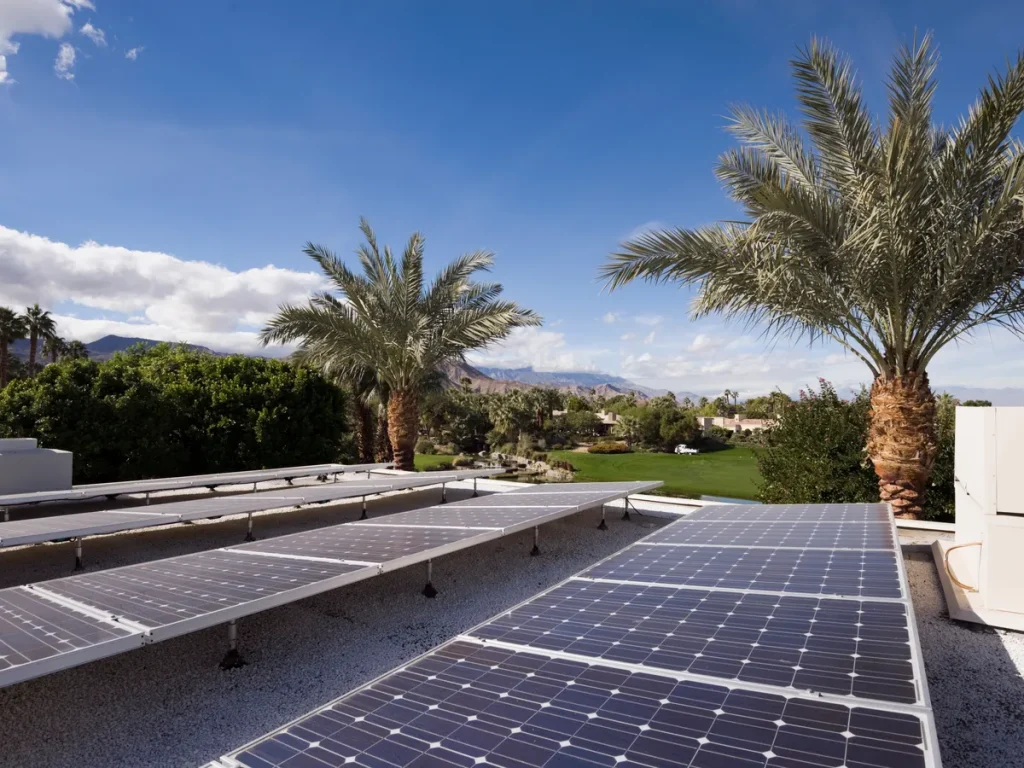
Important Solar Installation Factors to Consider in California
When installing solar panels in California, it’s crucial to take into account a variety of factors that can influence both the efficiency of your solar system and its compliance with local regulations.
First and foremost, consider California’s diverse climate conditions. The state boasts a significant number of sunny days, especially in regions such as the Central Valley and Southern California, making it an ideal location for solar energy generation. However, in areas that experience more cloud cover or fog, like parts of the Bay Area, you may need a more efficient panel setup to achieve the desired energy output.
State and local regulations should also be a key focus of your planning. California has been at the forefront of encouraging solar power, offering incentives like the California Solar Initiative, and net metering programs. Ensure you are up to date with the following:
- The California Building Standards Code as it pertains to solar panel installations.
- Local building codes that may impose additional requirements.
- Any Homeowners Association (HOA) rules, if applicable.
- Permitting processes required by your city or county.
A property assessment is essential to determine the suitability of your home or building for solar panels. Consider these aspects:
- The structural integrity of your roof to support solar panels.
- The orientation and tilt of your roof to maximize sun exposure.
- Potential shading from trees or nearby structures that might reduce efficiency.
- The age and material of your roof as they affect the installation process and potential future maintenance.
Researching and applying for any available tax credits, rebates, or other financial incentives can help lower the overall cost and increase the return on your investment in clean energy.
Finally, while it’s exciting to harness renewable energy, the installation of solar panels is a significant decision that involves a long-term commitment. It’s critical to work with reputable solar providers who can guide you through the installation process, provide a detailed financial analysis, and help navigate the regulatory landscape. Be sure to get multiple quotes and check references to ensure you’re receiving quality service and a fair price.
In sum, installing solar panels in California is a savvy decision that requires attention to detail and thorough planning. With the state’s encouraging stance on solar power and the many sunny days to take advantage of, ensuring compliance with regulations and tailoring the system to your specific property can yield substantial benefits.
The Bottom Line: Understanding “Free” Solar Panels in California
Here are the key points to understand about ‘free’ solar panels in California, along with their benefits and considerations for homeowners:
Solar Panel Leasing
When you hear ‘free’ solar panels, it typically means a solar lease or a Power Purchase Agreement (PPA), where the installation costs are waived. Homeowners in California can have solar panels installed on their property without upfront payment but will pay for the electricity generated at a reduced rate compared to utility prices.
Benefits of Leasing
- Lower Energy Bills: You can save on your monthly electricity bills with the lower rates of solar power.
- No Upfront Costs: Eliminates the barrier of the initial investment required to install solar panels.
- Maintenance: The leasing company typically covers maintenance and repairs, reducing homeowner responsibilities.
Considerations for Homeowners
- Contract Terms: Leases and PPAs usually have long-term contracts (20-25 years), so it’s essential to understand the terms thoroughly.
- Property Value Impact: While owned solar systems can increase home value, leased panels may not have the same effect and could potentially complicate the sale of the home.
- Cost Over Time: Over the lease term, you might end up paying more than the cost of the system due to the ongoing payments for electricity.
Alternative Options
- Purchasing: Buying solar panels outright can yield more significant savings long-term, though it requires a substantial upfront investment.
- Loans and Financing: Homeowners can also consider loans and financing options to purchase panels, potentially benefiting from tax credits and rebates.
State Incentives and Tax Credits
- The Federal Solar Investment Tax Credit (ITC) allows you to deduct a percentage of solar costs from your taxes.
- California-specific incentives, like the Self-Generation Incentive Program, can offer additional benefits.
When considering ‘free’ solar panels, it’s critical to review the details of the offer, understand the contract’s long-term implications, and evaluate the financial pros and cons. It’s also wise to explore other options and incentives that can provide better value and flexibility for your specific situation. Consulting with a solar energy expert can give you personalized advice to make an informed decision.


